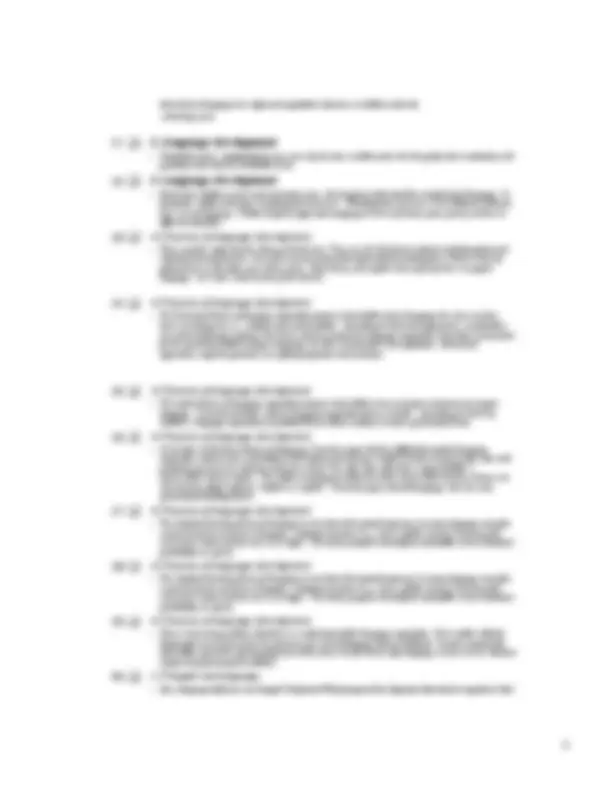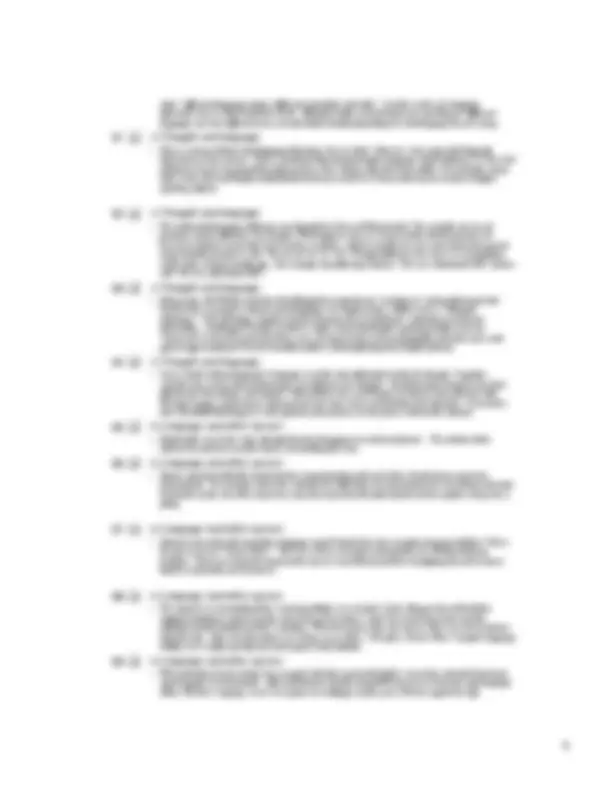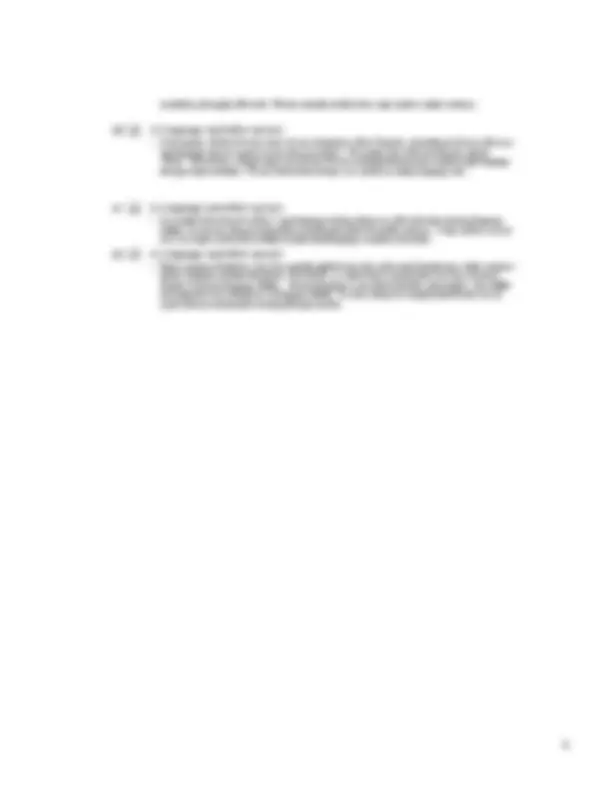





Study with the several resources on Docsity

Earn points by helping other students or get them with a premium plan


Prepare for your exams
Study with the several resources on Docsity

Earn points to download
Earn points by helping other students or get them with a premium plan
Community
Ask the community for help and clear up your study doubts
Discover the best universities in your country according to Docsity users
Free resources
Download our free guides on studying techniques, anxiety management strategies, and thesis advice from Docsity tutors
Material Type: Notes; Professor: Gordon; Class: HON: Pschol: Science Behav; Subject: Psychology; University: Wright State University-Main Campus; Term: Unknown 1989;
Typology: Study notes
1 / 5

This page cannot be seen from the preview
Don't miss anything!




states “different languages impose different conceptions of reality.” In other words, our language determines how we think about the world. Bilingual studies reveal that persons speaking two different languages can have different senses of self and personality depending on what language they are using.
vocabulary of roughly 160 words. Washoe actually combine these signs to form simple sentences.